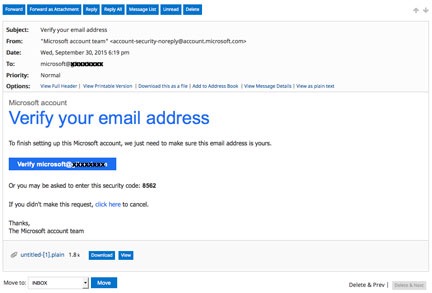More like spam, if you ask me.
 The other day, I got an email message from someone I don’t really know, with the subject line “A personal note for Maria Langer, from one of your Linked In connections”
The other day, I got an email message from someone I don’t really know, with the subject line “A personal note for Maria Langer, from one of your Linked In connections”
Here’s how it began:
Maria,
You and I are connected on Linked In, and I’m happy about how easy this makes it for us to stay in contact and to get to know each other better. Following key events in your professional life in this way is awesome and inspiring.
I hope you feel the same about the ability to follow me. If not, then you can stop reading, log in to your Linked In account, and “unfriend” me. I won’t be offended, just a bit disappointed that I’ve failed to inspire you and that I have not (yet) made a significant positive impact on your life through my work.
You can go straight to my Linked In profile, here:
I’ll leave out the link and even the name of the person who sent this.
This is a “personal note”? If it was so personal, then the writer would know that I don’t post anything on LinkedIn so there are no “key events” he can follow there. “Awesome and inspiring”? Not on LinkedIn.
That aside, what followed was an extremely lengthy message full of links to this person’s social media accounts, websites, online profiles, Kickstarter campaigns, etc. It goes on to tell me about this person’s professional history, projects, and efforts to write the software he used to send me his spammy message. The message went on and on. 3114 words! (I pasted it into Word for a quick word count.) I didn’t read it all. Why would I? It was spam from a stranger. But the gist of it was that he was trying to get financing for a new venture and was apparently having trouble with the SEC. Or he wanted to change an SEC rule. Or he just expected people with better things to do with their time to drop everything and spend an hour or more of their lives reading his message and following the dozens of links it contained.
To me, this is what LinkedIn is all about: people using social media to achieve their professional goals by tapping into their “connections” — even if those connections are tenuous or with people who likely don’t give a damn.
I know that some of my friends rave about LinkedIn as a valuable resource for getting work. But I haven’t seen anything like that. All I’ve observed about LinkedIn is that it’s a source of spam, usually from LinkedIn itself or strangers.
When I went online at LinkedIn to sever my “connection” to this person, I discovered I had about 30 LinkedIn connection requests waiting for me. I only knew 2 of the people who’d requested a connection. The rest were complete strangers, most of whom had absolutely no connection to my industries (writing, computers, aviation). They’re just building up connections, likely so they can say they have a ton of them and possibly to spam them in the future.
Anyway, I hope I don’t get any more spam from this person. If I do, I’ll be reporting him to LinkedIn.
Not that I expect them to do anything about it.


 Scammers/Spammers will say and do anything. Here’s proof.
Scammers/Spammers will say and do anything. Here’s proof.
